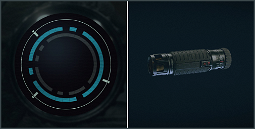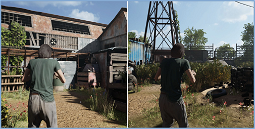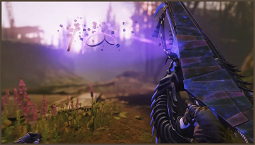Half-Life 2 RTX: A Controversial Graphics Overhaul
Half-Life 2 RTX is being praised by reviewers as the best version of the game, but not everyone is on board with the graphics overhaul. Writer and developer Andrew Morrish explains why the upgrade's implementation is a 'disaster.'
The RTX overhaul changes the game's art style, and according to Morrish, not for the better. While the once gritty and abandoned environments now look shiny and polished, they appear out of place alongside the game's former interactable objects and characters.
'Perhaps the most famous example of this is the Portal series, where the shift to RTX completely changed the look and feel of the game,' Morrish explains. 'Of course, Portal is a very different game to Half-Life, but it is in the same genre and also very much an artistic game.'
'In the same way that RTX completely destroyed the Portal series, it's doing the same to Quake 2, and now it's doing the same to Half-Life.'
Morrish also touches on the focus on tech-driven upgrades, which he says risks neglecting the importance of artistic direction.
'I understand the desire for more realistic graphics, but I can't help but feel that it's come at the expense of the original aesthetic,' he says. 'I can appreciate that it's 'only a game,' but when it comes to Half-Life 2, I still think it's important because it's a game that is actually very good.'
'The original Half-Life 2 still holds up today, over 20 years after its release, because the visual choices made by the developers at Valve really contributed to the storytelling and atmosphere of the game. I'm not sure that the upgrades will actually improve the game in any way.'
Morrish also touches on the game's distinctive look, which he says RTX could potentially ruin.
'The game used light in such an interesting way, playing with darkness and shadow to create these memorable and immersive environments,' he says. 'With RTX, realistic lighting strips away so much of that creativity and unique art direction.'
'I'm not saying don't make the game look better, but it should be about more than just making it look like a real-world photo. That's not what we want from gaming. We don't want experiences that are just as real as reality, we want things that are unique, otherworldly, and narrative-driven.'
While the author's criticisms are valid, he does acknowledge that RTX is an 'impressive technological innovation' that deserves praise for that reason alone.
However, he goes on to say that the technology should not be applied to old games without artistic intent, as the change is 'meaningless' when it risks eroding the personality and spirit of the original titles.
'I get that people are excited about this, but I think it's important to look at it critically because it risks taking away something precious,' he says.
'Half-Life 2 is still one of the best games of all time, and maybe someday, someone will make something even better than that. But I don't think that's what Valve is doing here.'
'Games excel at providing immersive and imaginative worlds and should always prioritize these qualities,' he concludes.

















